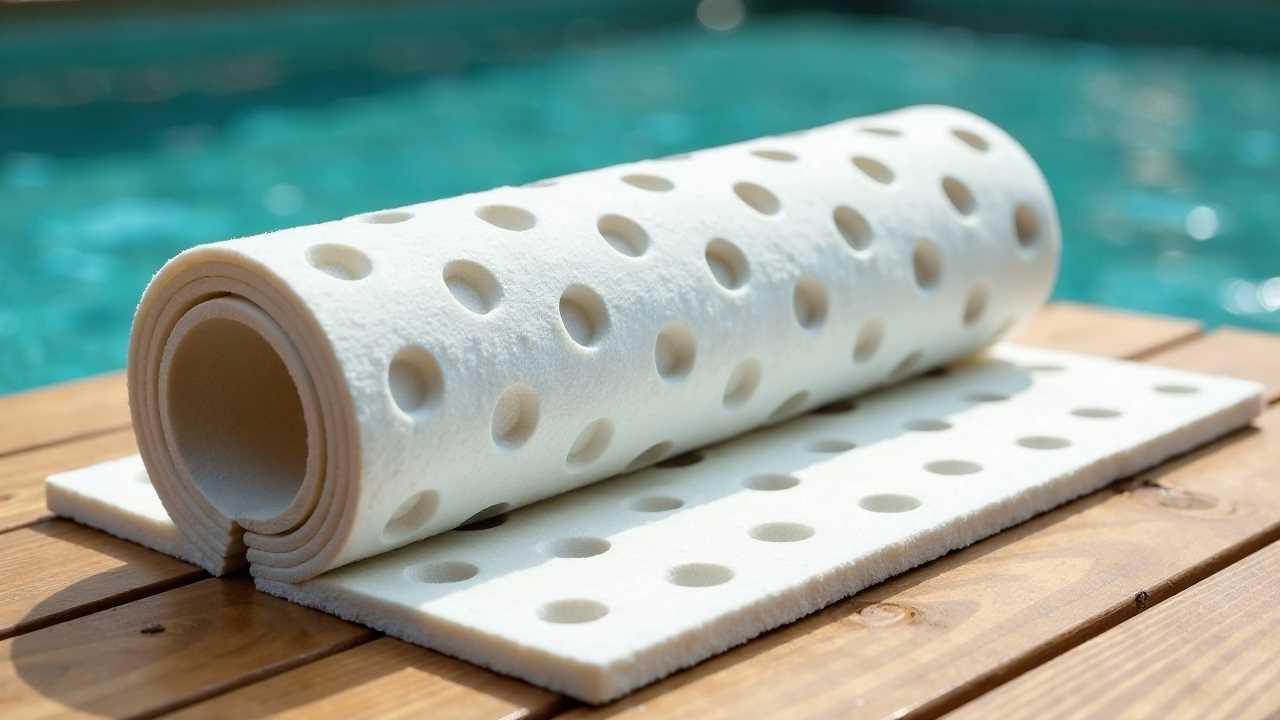
Understanding Foam Rolling Techniques
Foam rolling techniques are an integral part of any home fitness recovery routine. These methods focus on self-myofascial release, which is a technique used to relieve muscle tightness and improve overall flexibility. By applying pressure to specific areas of the body, foam rolling helps to break down adhesions and knots in the muscles, promoting better blood flow and enhancing the body’s natural recovery processes.
The Science Behind Self-Myofascial Release
Self-myofascial release is a manual therapy technique that targets the fascia, the connective tissue surrounding muscles. When we engage in physical activities, our muscles can become tight and restricted due to the buildup of lactic acid and other metabolic waste products. Foam rolling techniques work by applying pressure to these tight areas, allowing for the release of tension and improving circulation. This process not only aids in muscle recovery but also contributes to pain relief by alleviating discomfort associated with muscle soreness.
Incorporating Foam Rolling into Your Post-Workout Routine
Integrating foam rolling into your post-workout routine is essential for maximizing recovery. After an intense workout, your muscles are often fatigued and may experience micro-tears. Foam rolling can help to expedite the healing process by increasing blood flow to the affected areas, delivering essential nutrients and oxygen. To effectively incorporate foam rolling, consider the following techniques:
1. Target Major Muscle Groups: Focus on the larger muscle groups such as the quadriceps, hamstrings, glutes, and back. Spend 1-2 minutes on each area, rolling slowly to identify tight spots.
2. Use Controlled Movements: Roll slowly over the muscle, pausing on tender areas to allow the pressure to release tension. This controlled approach maximizes the benefits of self-myofascial release.
3. Combine with Stretching: After foam rolling, perform static stretches to further enhance flexibility enhancement. This combination allows for optimal muscle recovery and mobility improvement.
Benefits of Foam Rolling for Muscle Recovery
The benefits of foam rolling extend beyond immediate pain relief. Regular practice can lead to significant improvements in overall muscle function and athletic performance. Here are some key advantages:
- Improved Flexibility: Consistent foam rolling helps to elongate muscle fibers and improve joint range of motion, which is crucial for athletic performance and daily activities.
- Enhanced Mobility: By reducing muscle tightness, foam rolling promotes better movement patterns, allowing for more effective workouts and reducing the risk of injury.
- Faster Recovery Times: Foam rolling accelerates the removal of metabolic waste products, leading to quicker recovery times between workouts. This is particularly beneficial for athletes who train frequently.
- Reduced Muscle Soreness: Studies have shown that foam rolling can significantly decrease delayed onset muscle soreness (DOMS), allowing individuals to resume their training regimens sooner.
Foam Rolling Techniques for Specific Muscle Groups
To maximize the benefits of foam rolling, it’s important to apply techniques tailored to specific muscle groups. Here are some effective methods for various areas of the body:
- Quadriceps: Position the foam roller under your thighs and roll from the hip to the knee. Focus on any tight spots, pausing for a few seconds to release tension.
- Hamstrings: Sit on the floor with the foam roller under your hamstrings. Roll from the glutes to the back of the knees, adjusting your body angle to target different areas.
- Glutes: Sit on the foam roller and cross one leg over the opposite knee. Lean towards the side of the crossed leg and roll over the glute muscle, focusing on tight areas.
- Upper Back: Lie on your back with the foam roller positioned under your shoulder blades. Cross your arms over your chest and roll from the upper back to the mid-back, ensuring to keep your core engaged.
Tips for Effective Foam Rolling
To ensure you are getting the most out of your foam rolling sessions, consider these tips:
- Stay Hydrated: Drink plenty of water before and after foam rolling to help flush out toxins and support muscle recovery.
- Listen to Your Body: Foam rolling should not be excessively painful. If you experience sharp pain, adjust your technique or consult a professional.
- Consistency is Key: Incorporate foam rolling into your regular fitness routine for the best results. Aim for at least 10-15 minutes of foam rolling after each workout.
- Use the Right Equipment: Invest in a high-quality foam roller that suits your needs. There are various types available, including smooth rollers for beginners and textured rollers for deeper tissue work.
Mastering foam rolling techniques is essential for anyone looking to improve their muscle recovery, enhance flexibility, and achieve pain relief. By incorporating these techniques into your post-workout routine, you can significantly improve your overall fitness experience. Remember, the key to effective foam rolling lies in consistency, proper technique, and listening to your body. With dedication and practice, you will reap the benefits of improved mobility and faster recovery, allowing you to perform at your best in every workout.
 Mobility trainingHome Fitness RecoverySports Injury PreventionPersonal Physical TherapyOrthopedic SolutionsPrivacy PolicyTerms And Conditions
Mobility trainingHome Fitness RecoverySports Injury PreventionPersonal Physical TherapyOrthopedic SolutionsPrivacy PolicyTerms And Conditions
